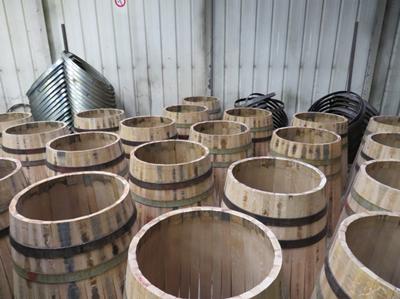Context
Outlining the complex relationship between wine production, place and taste has led Professor Marion Demossier to influence the work of wine producers around the world.
Wine producers in France, Italy, New Zealand have benefited from Demossier’s research into the cultural and historical significance of ‘terroir’, defined as the area or terrain whose soil and microclimate determine the distinctive qualities of wine.
Research challenge
In 2018, Demossier published her book Burgundy: A global anthropology of place and taste. The book challenges the geological interpretation of terroir and argues that quality wines are the result of the interplay between natural elements that make up the environments in which they grow.
Two main conclusions are drawn from this research. The first is that terroir is the result of human endeavour as well as the natural and geological conditions of a vineyard. Demossier puts the wine producer at the heart, with factors such as local knowledge and vineyard management playing a key part. The second is that the cultural and heritage dimension of terroir plays a major role in enhancing the market value of terroir globally. Demossier has demonstrated that local stakeholders have used cultural diversity and UNESCO heritage categories to craft a unique relationship between place and taste.
What was the impact?
The research has significantly benefited the traditional regional economies in Burgundy, Italy and New Zealand.
In 2008 the Association des Climats de Bourgogne commissioned Demossier to write the anthropological report which led to the listing of the Bourgogne areas as a UNESCO World Heritage Site in 2015, subsequently enhancing its economy and civic pride.
The Italian Prosecco Consortium consulted Demossier in 2017 about its own UNESCO application, which it obtained in 2019.
Her research has also influenced wine producers in the Central Otago region of New Zealand, inspiring them to consider how they create and express a unique terroir for their country’s young wine industry, and how they can position themselves in the global market.
A leading Central Otago wine producer, said: “As Pinot Noir producers, whilst we look to our craft’s cultural and historical reference points in Burgundy, we must also look critically at ourselves (individuals, communities and broader cultures) to establish our own sense of identity now and what it might look like in the future. Accordingly, Marion’s work has, wholly or in part, inspired us to carefully examine many aspects of our culture.”
Related projects
Terroir Wine World Stories
